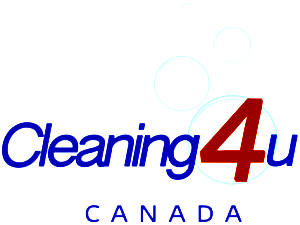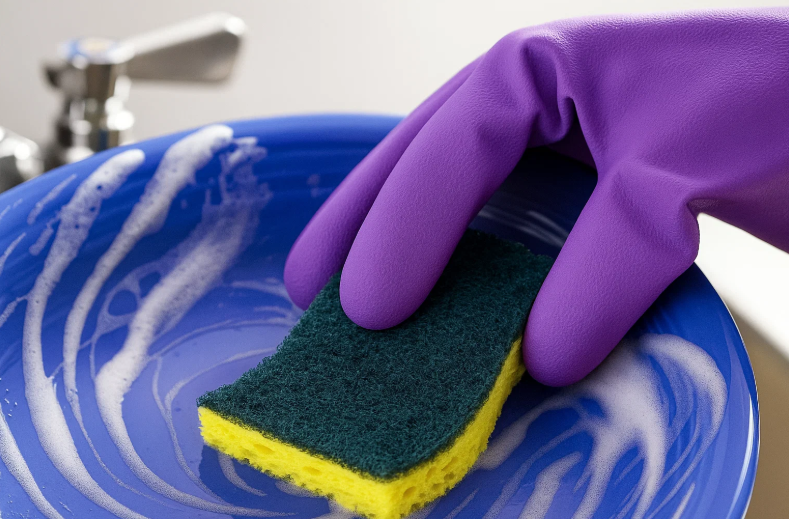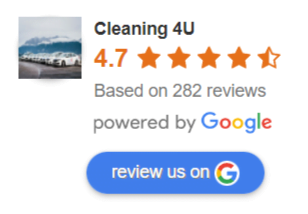What Kind of Regular Home Cleaning Sponge Should You Use?
Have you ever tried scrubbing a dirty pan and either the sponge rips apart or it leaves scratches behind? That’s because not every sponge is made for every job. The wrong one can waste your time, spread germs, and even ruin your dishes.
The good news is there’s a sponge for pretty much everything, wiping up spills, scrubbing stuck-on food, cleaning windows, or even tackling soot. In this guide, we’ll go over five main types of sponges and share easy tips and tricks to help you pick the right one and make apartment cleaning way less frustrating.
Types of Sponges Used for Regular Home Cleaning
1. Cellulose Sponges
Cellulose sponges are among the most common and affordable sponges available. They’re made from wood pulp, giving them excellent absorbency and a slightly squishy texture. They’re often sold in bright colors and convenient sizes that fit neatly into sink caddies.
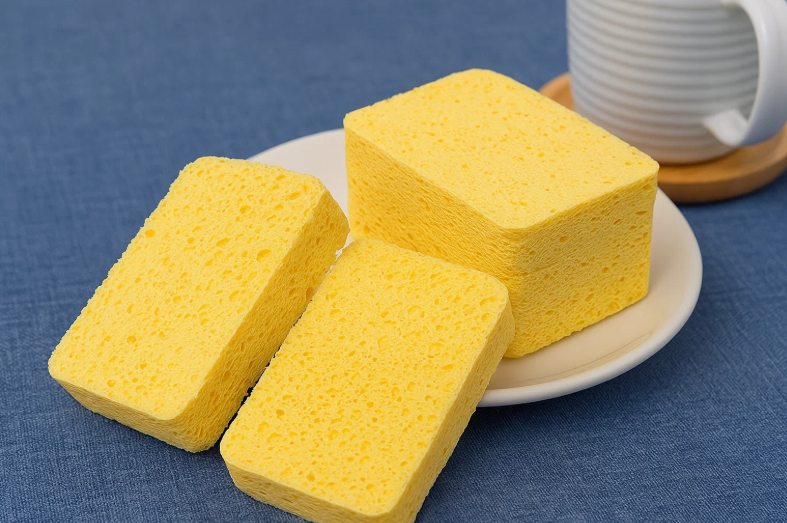
Best uses:
- Wiping down kitchen counters
- Absorbing spills on tables or floors
- General bathroom cleaning
- Washing dishes (except delicate cookware like non-stick pans)
Advantages:
- Inexpensive and widely available
- High absorbency makes them great for liquid spills
- Long-lasting through regular chores
Tip: Because cellulose sponges can harbor bacteria if left damp, disinfect them regularly. Microwave a damp sponge for 1–2 minutes or run it through the dishwasher cycle to kill germs and extend its life.
2. Abrasive Sponges
Abrasive sponges are designed with extra scrubbing power. They usually have a tough, textured surface made of abrasive materials like nylon or metal fibers. Some combine a cellulose sponge base with an abrasive top, while others are just thin abrasive pads.
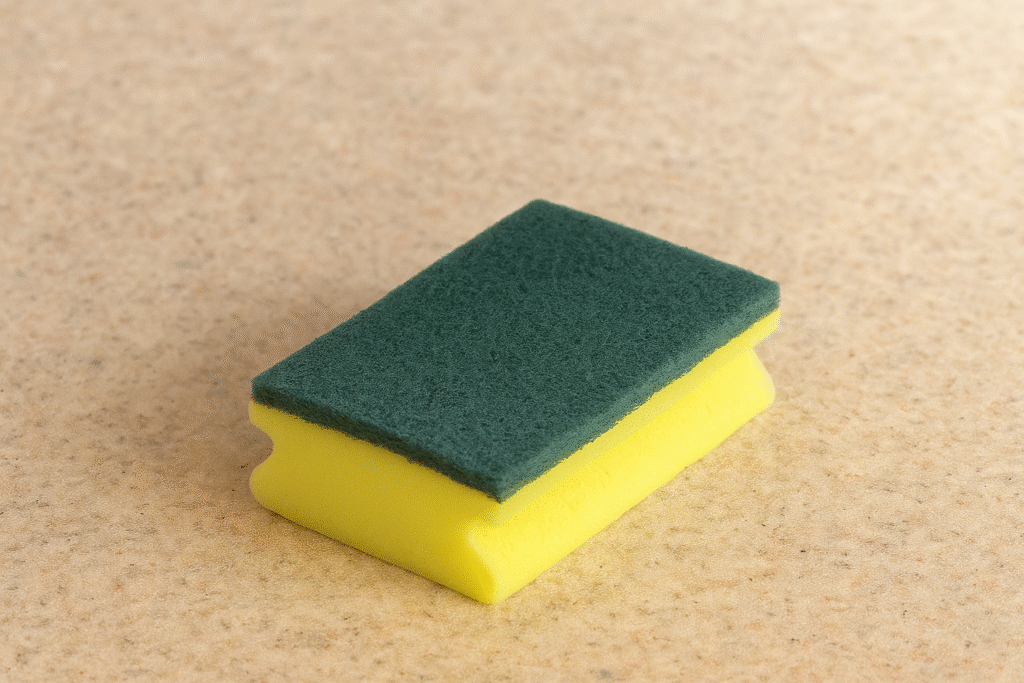
Best uses:
- Removing baked-on food from pots and pans
- Cleaning outdoor grills and patio furniture
- Tackling stubborn grease or soap scum
Things to watch out for:
The abrasive surface can scratch delicate items. Avoid using them on:
- Non-stick cookware
- Glass bakeware
- Polished or easily scratched surfaces
Pro tip: Since there’s no universal color-coding system for abrasiveness, always read packaging carefully to know whether the sponge is gentle or heavy-duty.
Cut large abrasive sponges in half to extend their use. A smaller piece fits better into tight corners and lasts longer since you only use part of the sponge at a time.
3. Compressed Cellulose Sponges (Pop-up Sponges)
Compressed cellulose sponges, often called “pop-up sponges,” are shipped in a flat, dehydrated form. Once you place them in water, they expand into a regular sponge. Many people love them because they typically aren’t treated with added soaps or biocides, making them more eco-friendly.
They’re often pricier than standard cellulose sponges. However, their longevity and chemical-free nature can justify the cost.
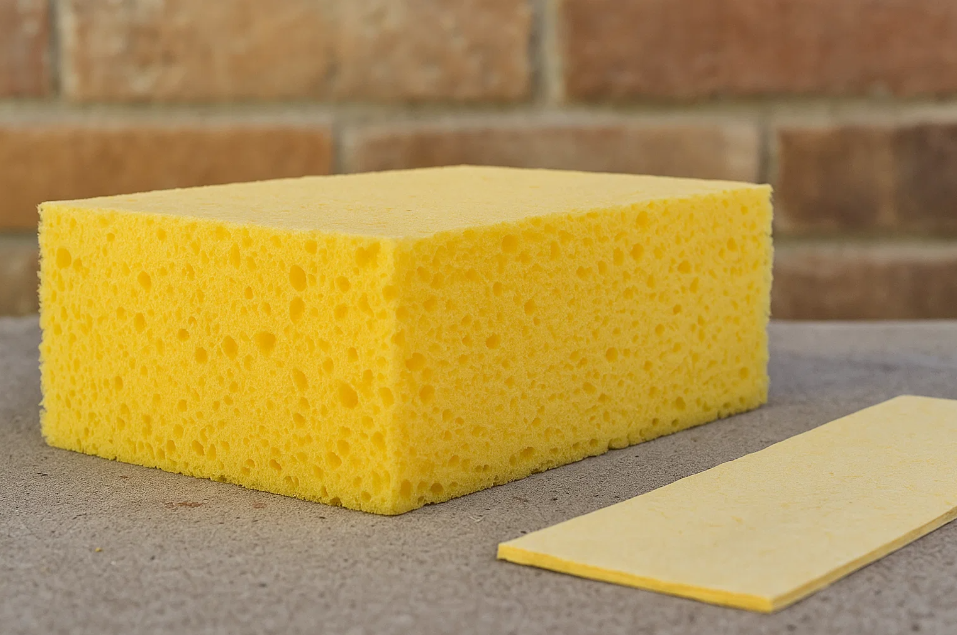
Best uses:
- Dishwashing
- Cleaning showers and bathroom tiles
- Washing windows
- Mopping up on hard floors
Advantages:
- Space-saving: they’re easy to store in bulk when flat
- Safer for those sensitive to chemicals (always check the label to be sure)
- Strong absorbency after hydration
Tip: Keep a few compressed sponges in your travel bag or camping gear. They’re compact, lightweight, and expand instantly when water is available, perfect for on-the-go cleanup.
4. Natural Sponges
Natural sponges are harvested from the ocean and have been used for centuries. They have a unique porous structure, making them durable and efficient at holding water. These sponges are more expensive than synthetic ones and can be harder to find, though home improvement and art supply stores often carry them.
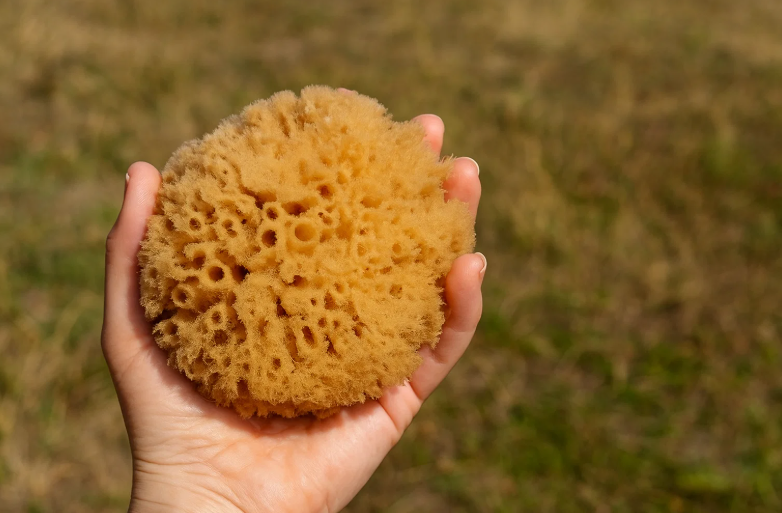
Best uses:
- Washing windows and mirrors (streak-free results)
- Absorbing large spills quickly
- Gentle cleaning of cars or delicate surfaces
- Applying or removing paint in DIY projects
Advantages:
- Eco-friendly and biodegradable
- Very durable with proper care
- Soft texture yet effective cleaning ability
Tips: Rinse natural sponges thoroughly after use and allow them to dry completely. Avoid harsh chemicals like bleach, which can degrade their natural fibers.
For a sustainable twist, use natural sponges for beauty routines, such as applying facial cleansers, or for washing sensitive surfaces that synthetic sponges might scratch.
5. Dry Sponges
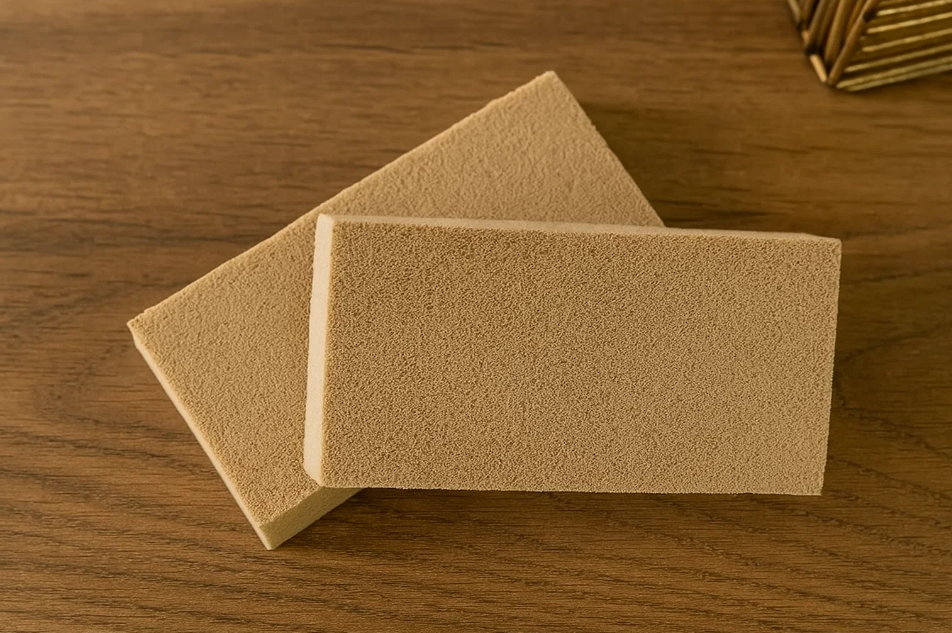
Dry sponges are made from a rubbery mixture infused with soap to keep them moist in packaging. Unlike other sponges, they are designed to be used without water. This makes them an excellent choice for moisture-sensitive surfaces.
Best uses:
- Cleaning wallpaper without damaging adhesives
- Dusting fabric window coverings
- Removing soot from walls and ceilings after a fire
- Cleaning electronics or other surfaces that can’t handle moisture
Advantages:
- Effective where water would cause damage
- Long-lasting if stored properly
- Easy to use for delicate or specialized deep cleaning tasks
Tip: Keep dry sponges in airtight plastic bags to prevent them from hardening. If they do dry out, they can become brittle and ineffective. Cut off a thin layer of a used dry sponge to “refresh” its surface. This exposes clean material and restores its effectiveness.
Additional Cleaning Hacks With Sponges
Choosing the right sponge is just the beginning. Taking care of them properly and knowing a few tricks can make them work better, last longer, and even save you money.
1. Extend Regular Home Cleaning Sponge Life
Instead of using one sponge for everything, assign them by task: one for dishes, one for the bathroom, and one for outdoor messes. This prevents cross-contamination. To keep them safe and fresh, sanitize sponges regularly.
The easiest way is to microwave a damp sponge for 1–2 minutes or place it on the top rack of your dishwasher during a hot cycle. Both methods kill most bacteria without using harsh chemicals.
2. Improve Absorbency
New cellulose sponges can feel stiff at first. Before using them, soak them in a bowl of warm water mixed with a splash of vinegar for about 5 minutes. This softens the fibers, making the sponge more flexible and much better at soaking up liquids right from the start.
3. DIY Scrubber Upgrade
If you need extra scrubbing power but don’t want to buy special sponges, make your own. Take a mesh produce bag (like the ones onions or garlic come in) and glue or stitch it onto one side of a regular sponge. This adds grit and makes it easier to remove stuck-on food or soap scum, without the cost of a new scrubber.
4. Eliminate Odors
Sponges can quickly start to smell because bacteria thrive in damp environments. To refresh them, soak the sponge overnight in a mixture of warm water and baking soda. The baking soda neutralizes odors and helps break down bacteria, so the sponge smells fresh and clean again.
5. Repurpose Old Sponges
When a sponge is too worn out for kitchen use, don’t throw it away right away. Cut it into smaller pieces and use it for dirtier jobs, like wiping down car tires, cleaning garden tools, or scrubbing patio furniture. This way, you squeeze out the last bit of life before tossing it.
Final Thoughts
Sponges may seem simple, but they’re powerful tools when matched with the right job. From wiping up spills with cellulose sponges to carefully cleaning wallpaper with dry sponges, each type has its place in the home.
By investing in a small variety, using smart maintenance practices, and trying out deep home cleaning hacks, you can make household chores faster, easier, and more efficient.
Tired of scrubbing? Let Cleaning4U handle the dirty work. Schedule your clean today!
